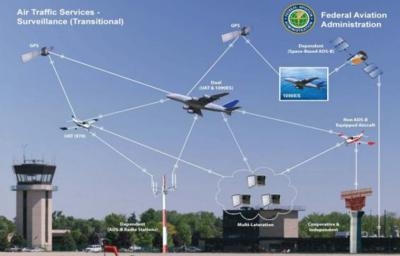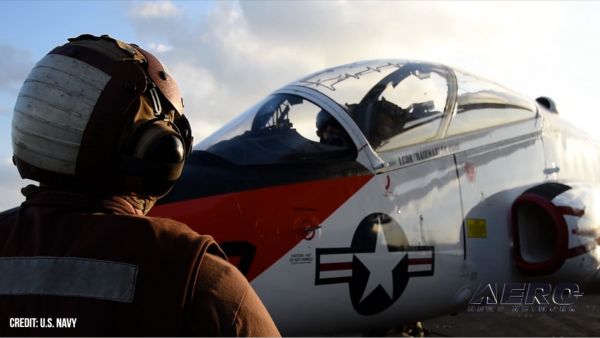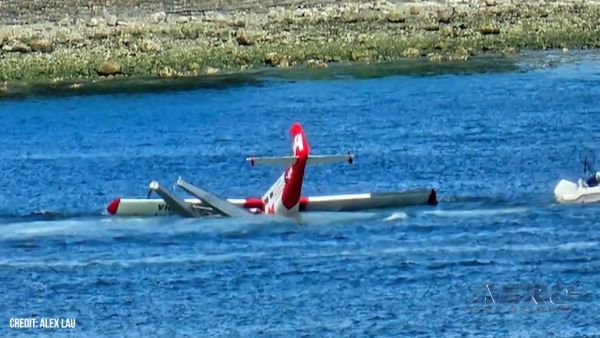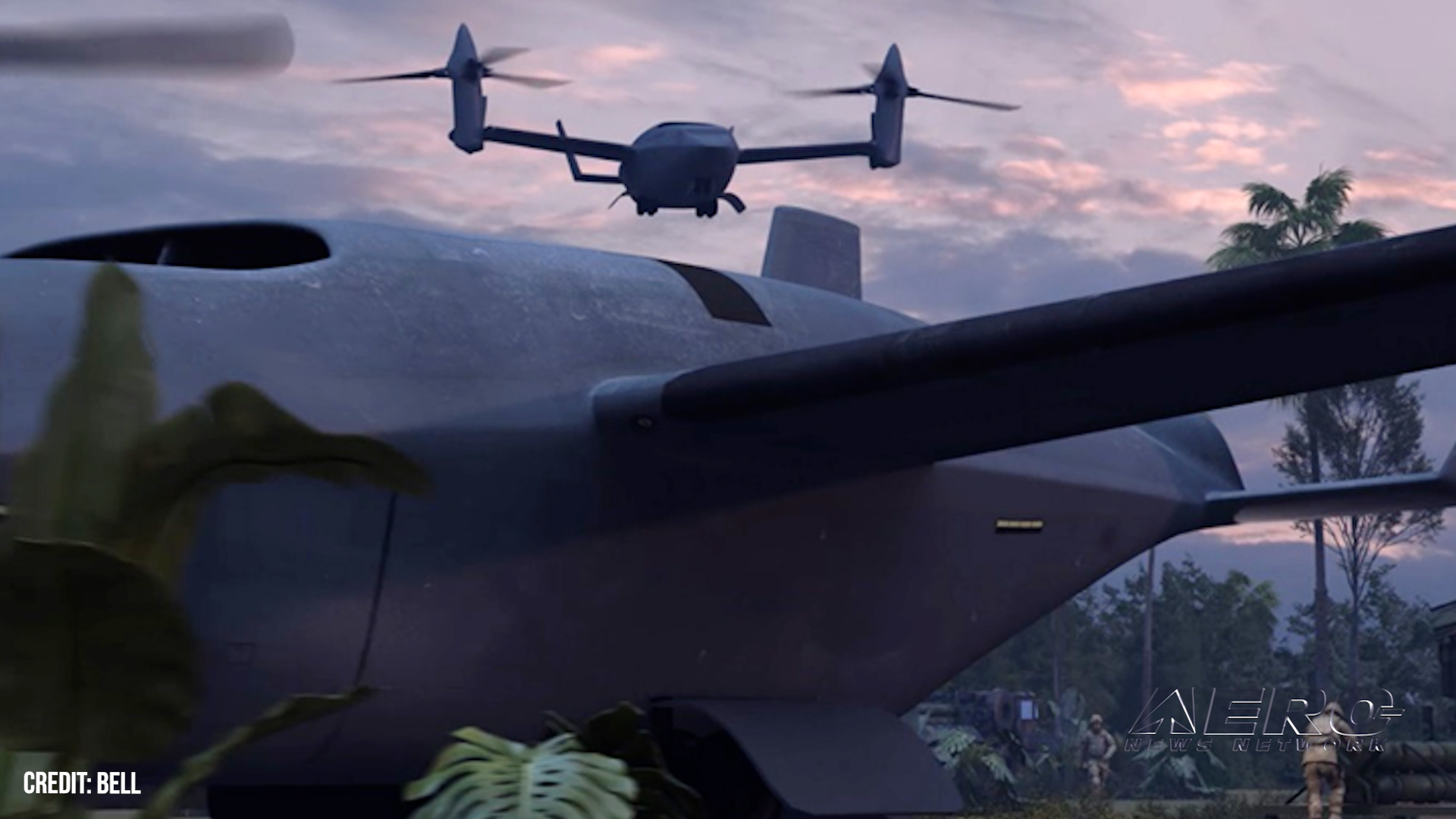Mon, Sep 21, 2015
EAA Is Keeping ADS-B Mindful Of Amateur-Built Possibilities
If you follow AeroSports Update on a regular basis, you have read more than a few reports regarding the requirements for ADS-B equipment on amateur-built experimental airplanes. EAA has just put out some additional information regarding their input as to how homebuilders are affected by the ADS-B requirement.

Last week, Sean Elliott, EAA vice president of advocacy and safety, attended the Equip 2020 work group in Washington, D.C. The group is focused on identifying and mitigating the potential obstacles for equipping aircraft operating within Class B and C airspace and above 10,000 feet MSL with ADS-B “out” avionics.
Members of Equip 2020 include the airlines, avionics manufacturers, and many GA organizations such as AOPA, GAMA, NATA, NBAA, etc. The overall goal of the working group is to make the transition to satellite-based traffic separation as smooth as possible while ensuring maximum participation by those using the National Airspace System.
On behalf of their Association members, EAA focused on many significant hurdles to equipage facing the GA community, and particularly amateur-built aircraft. EAA said their most significant accomplishments have centered on ensuring that equipment in experimental aircraft is held to a performance compliance requirement within the rules and policy surrounding implementation, rather than a specific technical requirement.
The EAA viewpoint is that no actual certification (TSO) process should be required or even appropriate when considering what works for amateur-built aircraft, as it runs contrary to the very nature of the experimental category concept.
Finding a good pathway for S-LSA equipage and manufacturer support of the appropriate process is still unclear and more work is yet to be done. EAA said they will continue to work with this group to establish the best solutions over the next year.
(Image from file)
More News
Known Traffic With respect to ATC clearances, means aircraft whose altitude, position, and intentions are known to ATC.>[...]
Aero Linx: Aviation Suppliers Association (ASA) Established February 25, 1993, the Aviation Suppliers Association (ASA), based in Washington, D.C., is a not-for-profit association,>[...]
Abeam An aircraft is “abeam” a fix, point, or object when that fix, point, or object is approximately 90 degrees to the right or left of the aircraft track. Abeam indic>[...]
Aero Linx: The Air Charter Safety Alliance The group, called the Air Charter Safety Alliance, will raise awareness of illegal charter flights among potential customers, charter bro>[...]
“For months, ALPA has been sounding the alarm on the ongoing efforts by some aircraft manufacturers to remove pilots from the flight deck and replace them with automation. To>[...]
 ANN's Daily Aero-Term (06.10.24): Known Traffic
ANN's Daily Aero-Term (06.10.24): Known Traffic ANN's Daily Aero-Linx (06.10.24)
ANN's Daily Aero-Linx (06.10.24) ANN's Daily Aero-Term (06.11.24): Abeam
ANN's Daily Aero-Term (06.11.24): Abeam ANN's Daily Aero-Linx (06.11.24)
ANN's Daily Aero-Linx (06.11.24) Aero-News: Quote of the Day (06.11.24)
Aero-News: Quote of the Day (06.11.24)



